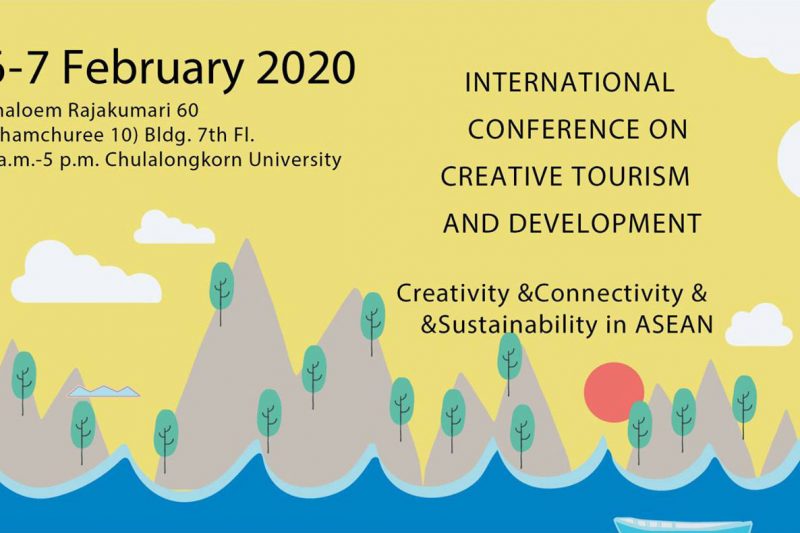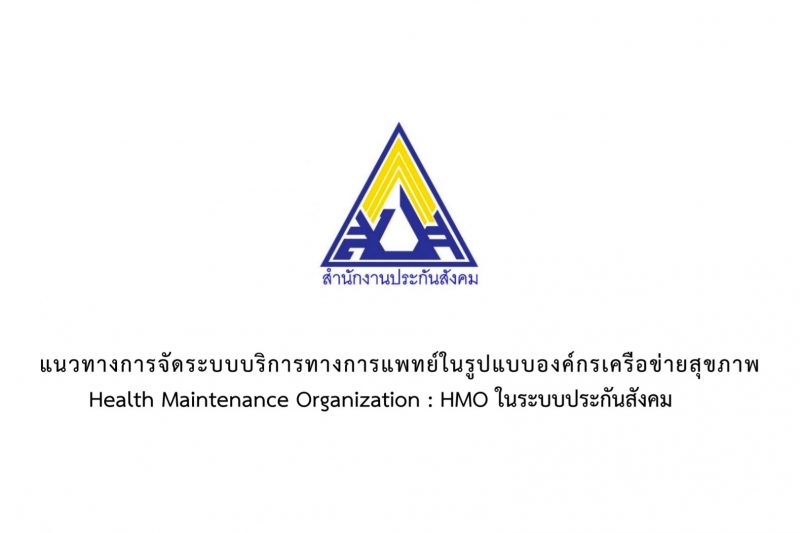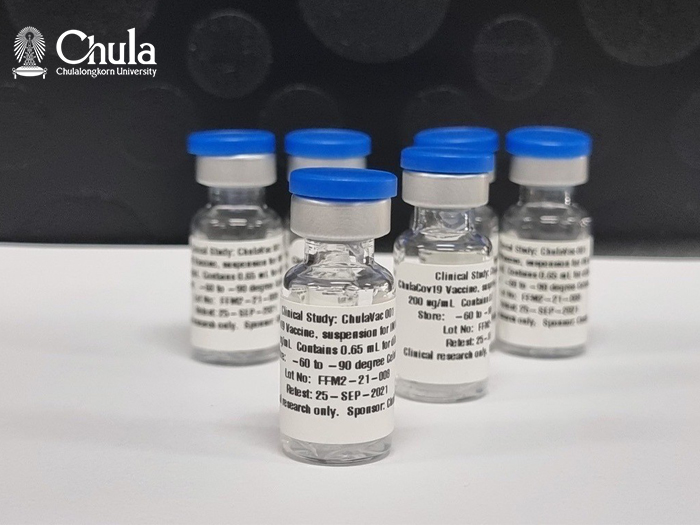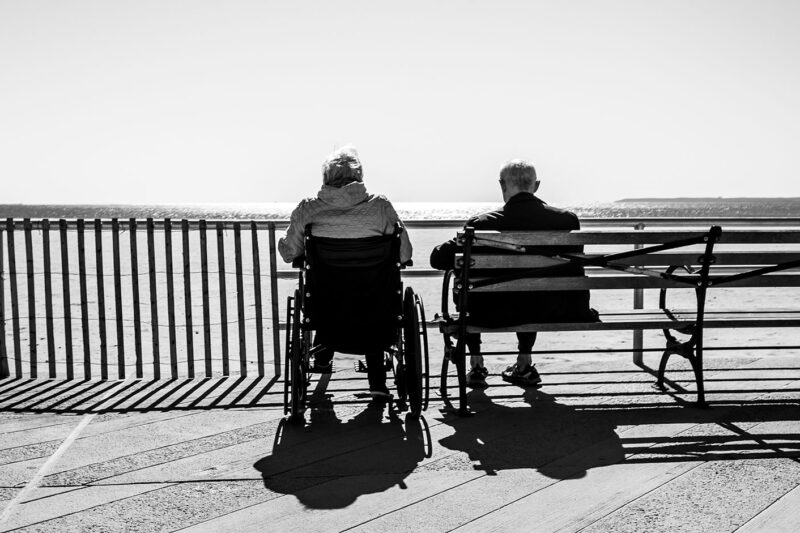Strokes happen a lot in Thailand. Each year, there are more than 300,000 new patients and over 500,000 total patients. More than 70 percent of stroke patients need rehab after their recovery, bringing the total costs of treatment to over 20 billion baht per year. In Thailand, many stroke patients who need restoration do not have access to treatment and rehabilitation resources due to the shortage of physical therapists, limited services and facilities, and high costs. The development of rehab robots is an attempt to solve these problems that Chulalongkorn University could get it done.

CUREs Robot (Chulalongkorn University Rehabilitation Exoskeleton/End Effector system) is the rehabilitation robot for stroke patients which was born from a collaboration between a research team from the Faculty of Engineering and the Faculty of Medicine. They recently won first place in the “Robots and Software for Medical and Public Health Services” category from the i-MEDBOT Innovation Contest 2021 organized by Thailand Center of Excellence for Life Sciences (Public Organization) or TCELS, Ministry of Higher Education, Science, Research and Innovation.
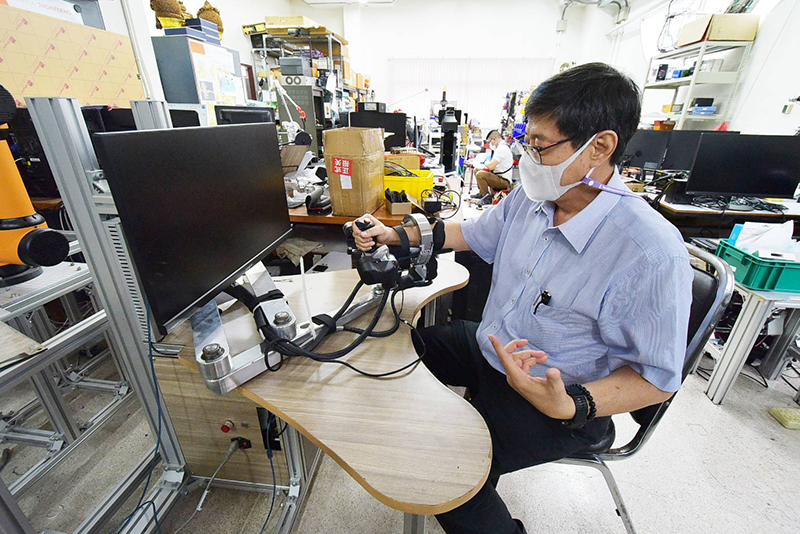
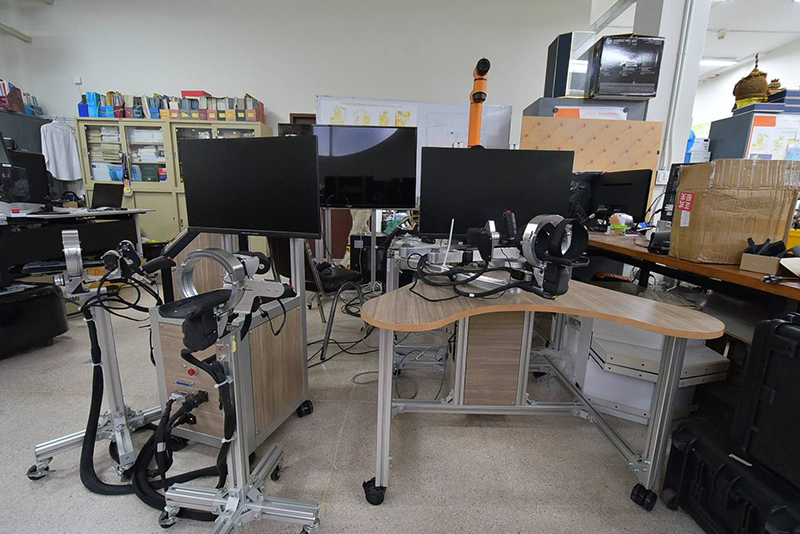
There are five types of robots: two types of shoulder and elbow training robots, two wrist training robots, and one type of hip, knee, ankle training robot. The robots train patients to use their arms and legs repeatedly to stimulate the brain’s command center through interesting games, and return them to a normal life. They will assist patients only when necessary. The speed and support level can be adjusted according to the doctor’s requirements. If the patients try to do an exercise by themselves but are unable, they will help them on an “assist as needed” basis. Each exercise typically lasts 15 minutes. The effort and diligence of the patients during the exercise is recorded for analysis and the results can be reported to a single doctor or team of physicians through cloud computing networks.
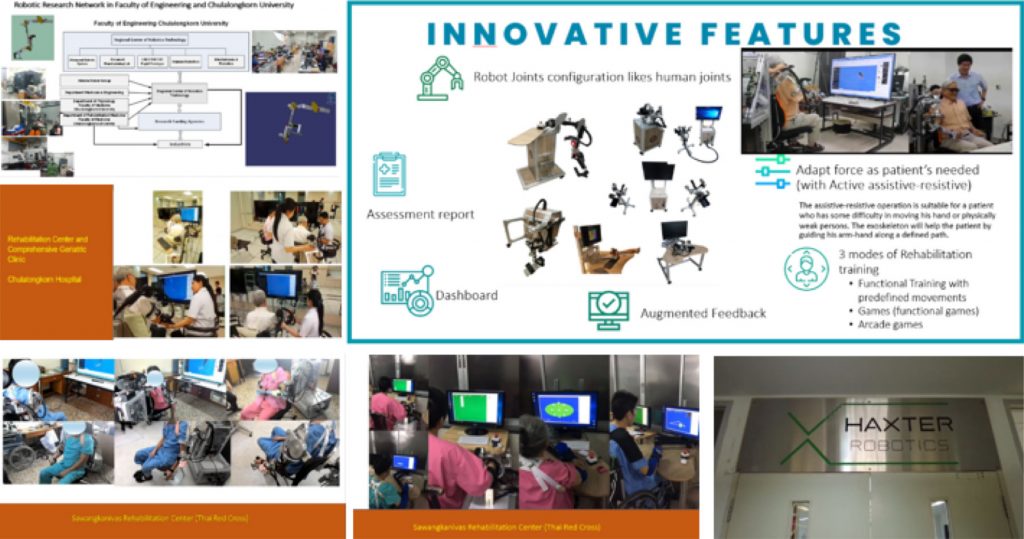
Compared to traditional methods, using a robot combined with various games enables patients to do more repetitions while having fun and feel challenged. This helps enhance brain commands and motor control. Most importantly, patients have to exert themselves to make the recovery effective. A monitor is displaying a graph of the amount of exertion by patients in relation to being assisted by the robot.
The key to the development lies in the structural design and aerodynamic control system with a high level of safety, intended to design small robots, for easy transport, and aimed for Thai people with 100% of their own technology, so further development to create a variety of robots is easy.
The robot production sites are at the Faculty of Engineering at Colombo Building Research Lab, and Haxter Robotics, an ISO13485 certified for medical equipment manufacturing, founded by a start-up incubated by CU Innovation Hub. The factory also passed the Thai FDA certification for the manufacturing of medical devices. Nowadays, 39 rehabilitation robots have been installed at 12 rehabilitation organizations or hospitals for real testing and cure processes of post-stroke rehabilitation.
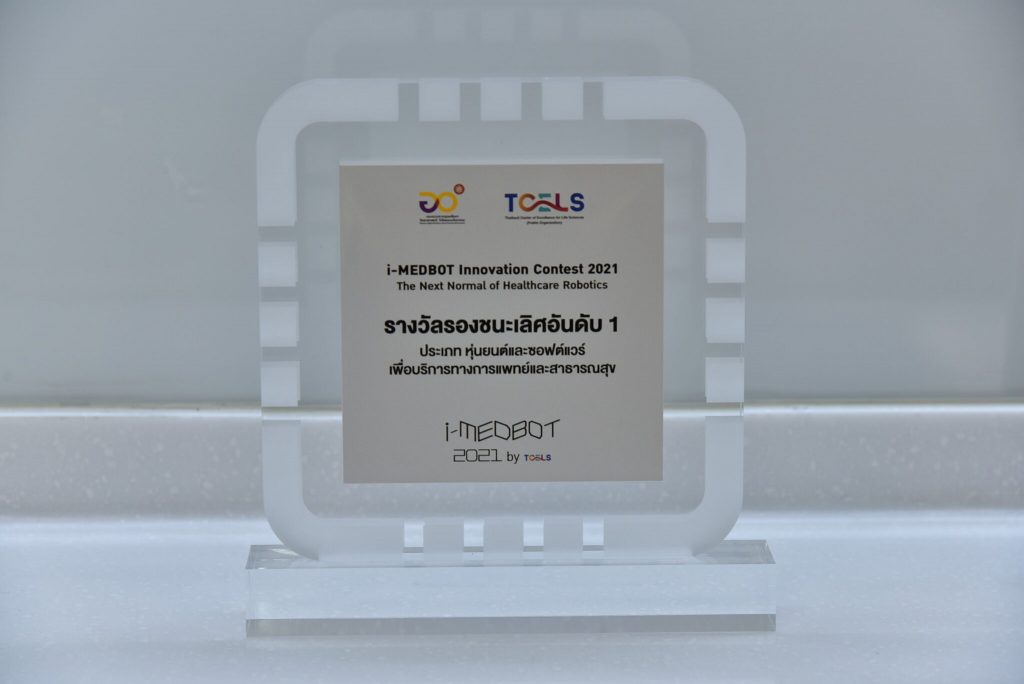
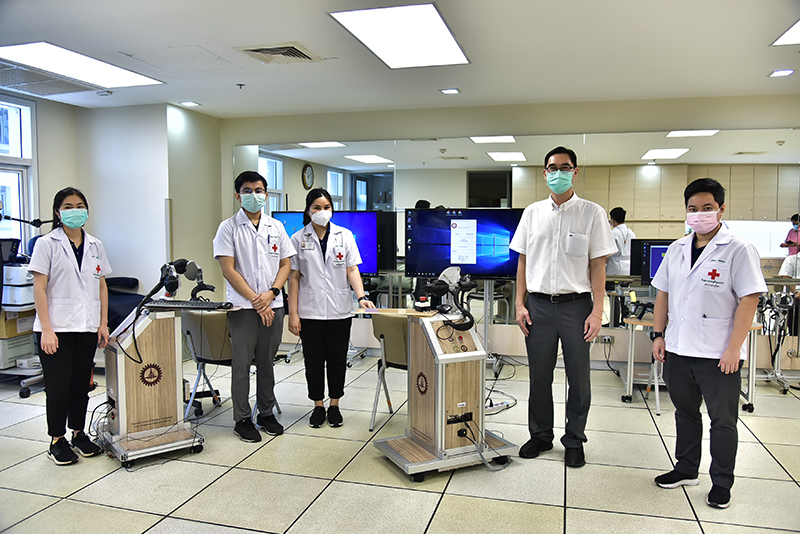
By Robotics and Automation Center, Faculty of Engineering, Chulalongkorn University
Related articles:
Others

